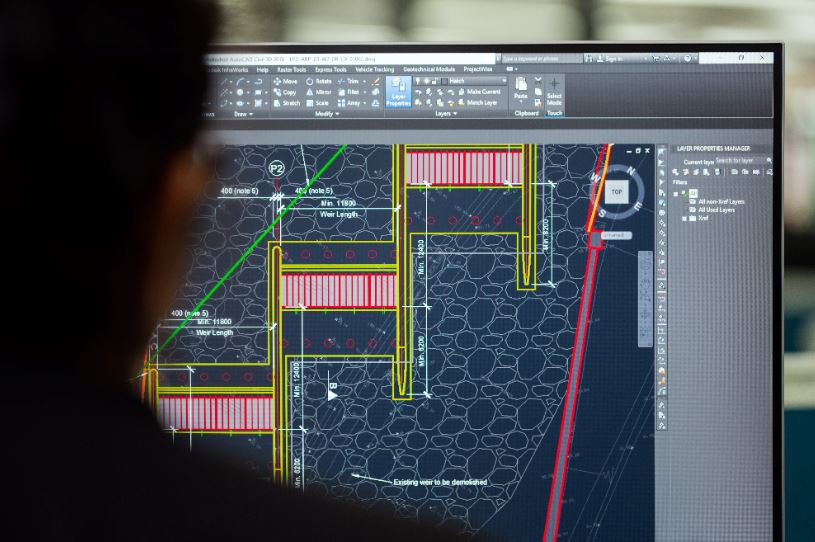The Internet of Things (IoT) has the potential to make an enormous impact on SCADA systems worldwide.
The IoT is a term used to describe a network of physical objects or “things” that are embedded with sensors, software, and other technologies to share data over the internet.
Indeed that is a lot like what SCADA — Supervisory Control and Data Acquisition — technology does. However, the IoT can make SCADA platforms such as Nucleus an even more powerful and productive platform when it comes to industrial applications. Specifically, the so-called Industrial IoT (IIoT) can help SCADA systems. This is especially true when it comes to automated systems relating to instrumentation that control sensors and devices to engage with cloud applications.
According to Oracle, there are more than 7 billion connected IoT devices today. This could grow to 22 billion by 2025. This growth will impact the SCADA industry in several major ways:
PLCs Are More Powerful Paired With IoT
Programmable Logic Controllers (PLCs) are essential to SCADA. These devices process real-time data from various connected sensors and can communicate a range of outputs that have been programmed into the system. When integrated with IoT technology, the PLC’s functionality is enhanced. They can process even more data across more remote devices. The PLC need not be limited to the factory floor any longer with the IoT.
“Information generated from SCADA systems acts as one of the data sources for IoT,” according to IIOT World. “SCADA’s focus is on monitoring and controlling. Whereas, IoT is more focused on analysing machine data to improve your productivity and impact your top line. IoT is essentially a culmination of advances in the connectivity of hardware and data networks that SCADA provides. As well as cloud computing and bit-data processing. In short, IoT begins where SCADA and PLC end.”
IoT Enables Scalability
In a typical SCADA system, as more users accessing the system for a Human Machine Interface (HMI) increases, and thus the amount of data expands, the performance and security of a SCADA system can be negatively impacted. Processing speeds can slow and the costs to operators can balloon with the increased data. That is where IoT comes in. These large amounts of data can be transmitted to and from the cloud, protected with security protocols, and shared to anyone with an HMI connected to the SCADA system.
This allows any SCADA system in an industrial setting, from manufacturing to utilities to oil and gas applications, to scale out to more users more efficiently. The sooner that SCADA systems are integrated with IoT technology, the sooner businesses will benefit from increased productivity.
While there will be extra costs added to initial design of SCADA systems, the resulting long-term gains to be realized are immense. As IIOT World so succinctly puts it: “SCADA is still currently limited to the factory floor. Data taken from the factory devices are being viewed only inside the plant. Whereas IoT takes that data, offers insights to the user and makes it available anywhere, anytime. This, in turn, enables new business models to be created.”

IoT Allows For More Intelligent SCADA Systems
Simply put, the IoT can make SCADA systems smarter than their legacy predecessors.
IoT permits greater machine-to-machine communication, which is at the heart of HMI SCADA functionality. When one adds the adoption of cloud technology and associated machine learning capabilities, the potential for smarter systems is nearly infinite.
With IoT, many SCADA systems can include new automation layer that has very practical industrial uses. Some of these benefits include more efficient supply chains, more reliable power and utility systems, interconnected logistics operations and more intelligent (and thus more efficient) manufacturing processes.
No doubt, SCADA architecture that is designed to harness the capabilities of the IoT could usher in an exciting new era in SCADA technology.

